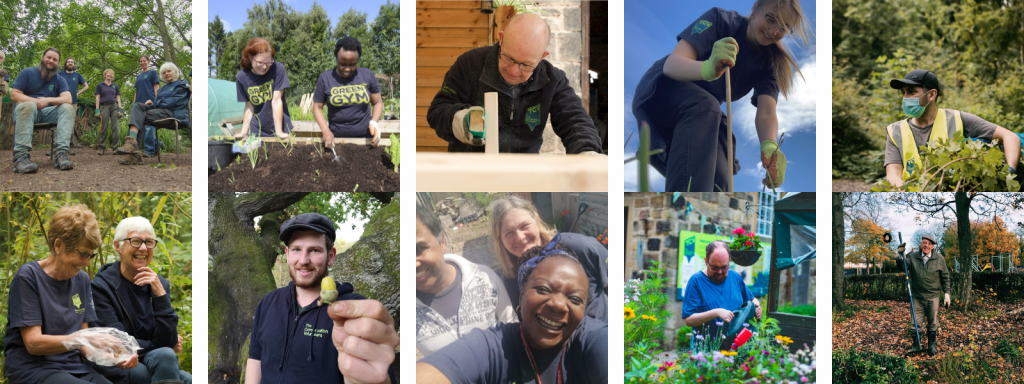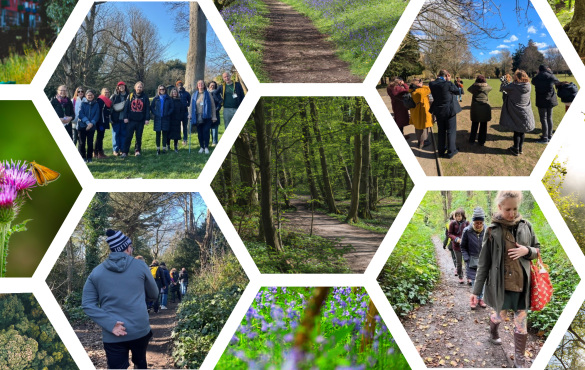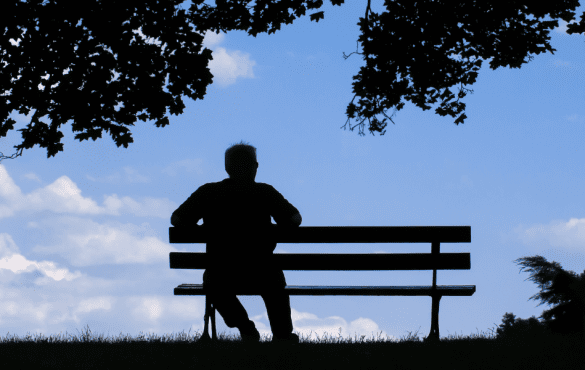What is SAD?
Seasonal affective disorder (SAD) is a type of depression that often occurs at the same time each year, typically in the autumn and winter.
What does SAD feel like?
SAD, also known as seasonal depression, can have an impact on your mood, sleep, appetite, and energy levels, affecting all aspects of your life, from your relationships and social life to work, school, and your sense of self-worth.
Key symptoms of SAD can include:
- Depression.
- Feelings of hopelessness, sadness, guilt, anxiety and apathy.
- Overeating and weight gain.
- Sleep problems (having trouble sleeping or sleeping too much).
- Having difficulties carrying out daily tasks.
- Change of appetite, notably craving sugary and starchy foods.
- Tension and stress.
- Unexplained aches and pains.
- Feeling low and unsociable.
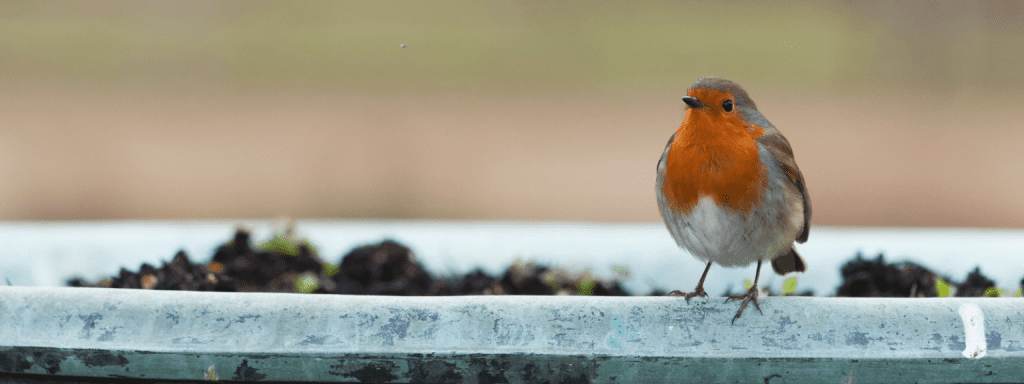
You may feel completely different than you did in the summer months. You are not alone…
“It’s thought the winter blues, or seasonal affective disorder (SAD), affects around 2 million people in the UK and more than 12 million people across northern Europe. It can affect people of any age, including children.”
NHS Inform
What causes Seasonal Affective Disorder?
According to the Seasonal Affective Disorder Association (SADA), and without getting overly technical, it is believed to be caused by a biochemical imbalance in the hypothalamus (a region of the brain) as a result of shorter daylight hours and lack of sunlight during the winter.

Can SAD affect people differently?
Not everyone suffers from SAD. Some people are thought to be more sensitive to light levels than others, resulting in these symptoms of winter blues.
SAD can be a severely disabling illness for some people, preventing them from functioning normally in the absence of ongoing medical treatment. Others experience a mild but debilitating condition that causes discomfort but not severe suffering. This is referred to as subsyndromal SAD or the ‘winter blues.’
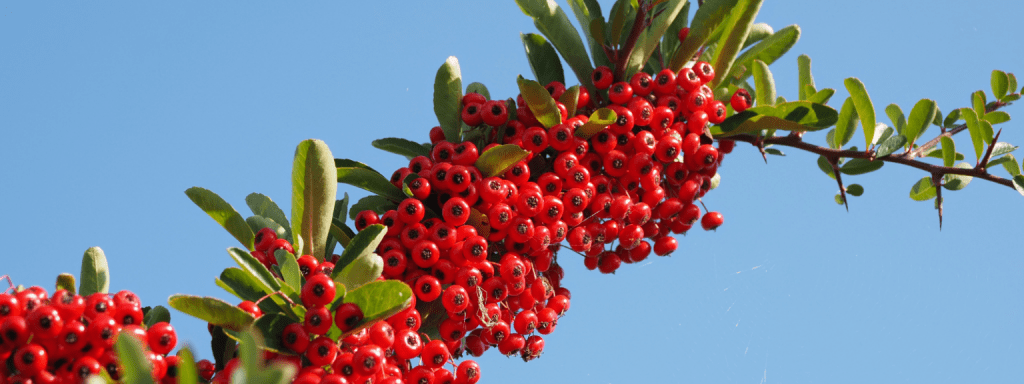
What can I do to alleviate the symptoms of SAD?
1. Seek help
Firstly, it’s important to say that if your symptoms are so bad that you can’t live a normal life, you should always see your GP for support and advice.
2. Keep active
There is a wealth of evidence that Green Gyms and other nature-based programmes provide proven benefits in improving peoples’ health and wellbeing. Find out more about Green Spaces for Mental Health.
3. Get outside
Spend as much time as possible outside in natural daylight, especially at midday and on brighter days. Take regular walks during work or lunch breaks even if it’s just around the block. Also, consider joining a practical conservation team in your local area.
4. Balance your diet
A healthy diet will improve your mood, give you more energy, and stave off weight gain during the winter. Consume plenty of fresh fruit and especially vegetables to counteract your craving for carbohydrates such as pasta and potatoes. Follow these tips from the NHS to live well, eat well.
5. Let your light shine
When working, sit near windows whenever possible or even take your work outside if you can.
Some people find that light therapy can alleviate the symptoms of SAD. Special light boxes (10 x stronger than ordinary home lighting) are available online. The cost for these is £70 or more, they are not currently available on the NHS but they are showing signs of coming down in price.
For people experiencing milder symptoms, SAD alarm clocks can also be useful in overcoming seasonal depression.
6. See friends, family and fellow volunteers
Socialising is good for your mental health and helps ward off the winter blues. Make extra efforts to:
- Keep in touch with people you care about and who care about you.
- Accept invitations you get to social events.
- Join in with group activities such as volunteering.
Make your best efforts to join in, even if you only manage to for a little while.
7. Talk it through
Talking treatments such as cognitive behavioural therapy (CBT), counselling and psychotherapy can help you cope with symptoms. Talk to your GP for information on what’s available locally on the NHS.
8. Consider the 5 ways to wellbeing
TCV supports the 5 ways to wellbeing (developed by the New Economics Foundation). Consider this in your approach to dealing with SAD or the winter blues.
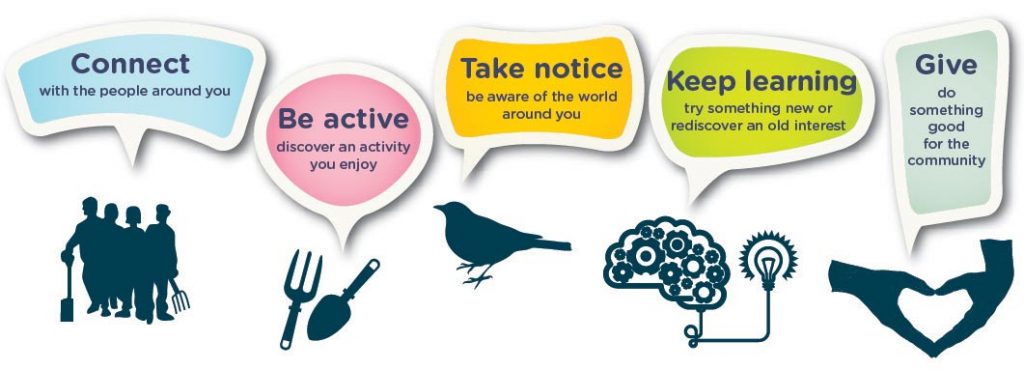
Join in, feel good
Many of the recommendations above can be achieved by joining in with The Conservation Volunteers activities across the UK.
For further information regarding SAD (Seasonal Affective Disorder) and the help you can get to alleviate the symptoms, please visit the NHS website.
Keep up to date with the latest news and activities from The Conservation Volunteers by following on Twitter, Facebook, LinkedIn and Instagram. You can also sign up to receive our Greenzine newsletter for more ways to get involved.
